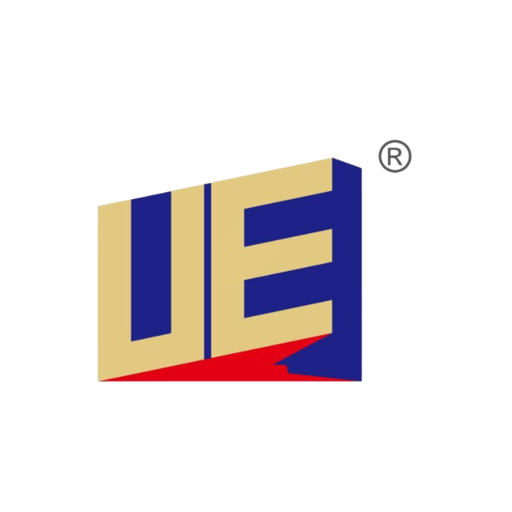MOOP (Means of Operator Protection) and MOPP (Means of Patient Protection) are fundamental concepts in the design and safety of medical power supplies, as defined by the IEC 60601-1 standard. They are crucial for ensuring the electrical safety of both patients and operators in medical devices.
1. MOOP (Means of Operator Protection)
MOOP refers to the protective measures and insulation barriers specifically designed to protect the operator (typically medical personnel) from electrical shock when using medical equipment.
Requirements:
- Insulation: Requires at least basic insulation between live parts of the power supply and any accessible operator-touchable parts.
- Creepage and Clearance Distances: Design must ensure adequate creepage (distance along the surface) and clearance (distance through air) to prevent arcing or electrical breakdown.
- Leakage Current: Generally less stringent compared to MOPP, as operators are typically less vulnerable than patients.
- Voltage Levels: Insulation and protection are based on the device’s working voltage, considering the operator may be handling equipment in a controlled environment.
2. MOPP (Means of Patient Protection)
MOPP refers to the protective measures and insulation barriers designed to protect the patient from electrical shock when using medical equipment. Patients are often more vulnerable than operators, especially when physically compromised or directly connected to medical devices.
Requirements:
- Reinforced or Double Insulation: Typically requires more stringent insulation than MOOP, often involving double or reinforced insulation for a higher level of protection.
- Higher Creepage and Clearance Distances: Required distances are greater than for MOOP, reflecting the need for a higher safety margin.
- Lower Leakage Current: Allowable leakage current is much lower than for MOOP, recognizing the increased risk to patients in direct contact with conductive parts.
- Voltage Considerations: Accounts for working voltage and potential fault conditions that could expose the patient to higher voltage levels, requiring more robust protection.
Comparison Between MOOP and MOPP
The key differences between MOOP and MOPP lie in their protection levels and application:
- Insulation Levels: MOPP requires higher levels of insulation (often reinforced or double) compared to MOOP (which may use basic insulation) due to the higher patient risk.
- Creepage and Clearance: Distances for MOPP are generally greater, ensuring superior protection against electrical faults.
- Leakage Current: MOPP has stricter limits on allowable leakage current than MOOP to minimize patient harm.
- Applications: MOOP protections suffice for equipment handled only by operators, while MOPP protections are necessary for equipment that could directly or indirectly contact patients.
Importance in Medical Power Supply Design
Meeting both MOOP and MOPP requirements is crucial in the design of medical power supplies to ensure the safety of operators and patients. Power supplies are often designed to meet multiple MOPP levels (e.g., 2 x MOPP) for redundancy and additional safety margins. Compliance with these requirements helps manufacturers ensure their products meet international safety standards and can be used in a wide range of medical applications without posing a risk to users.




